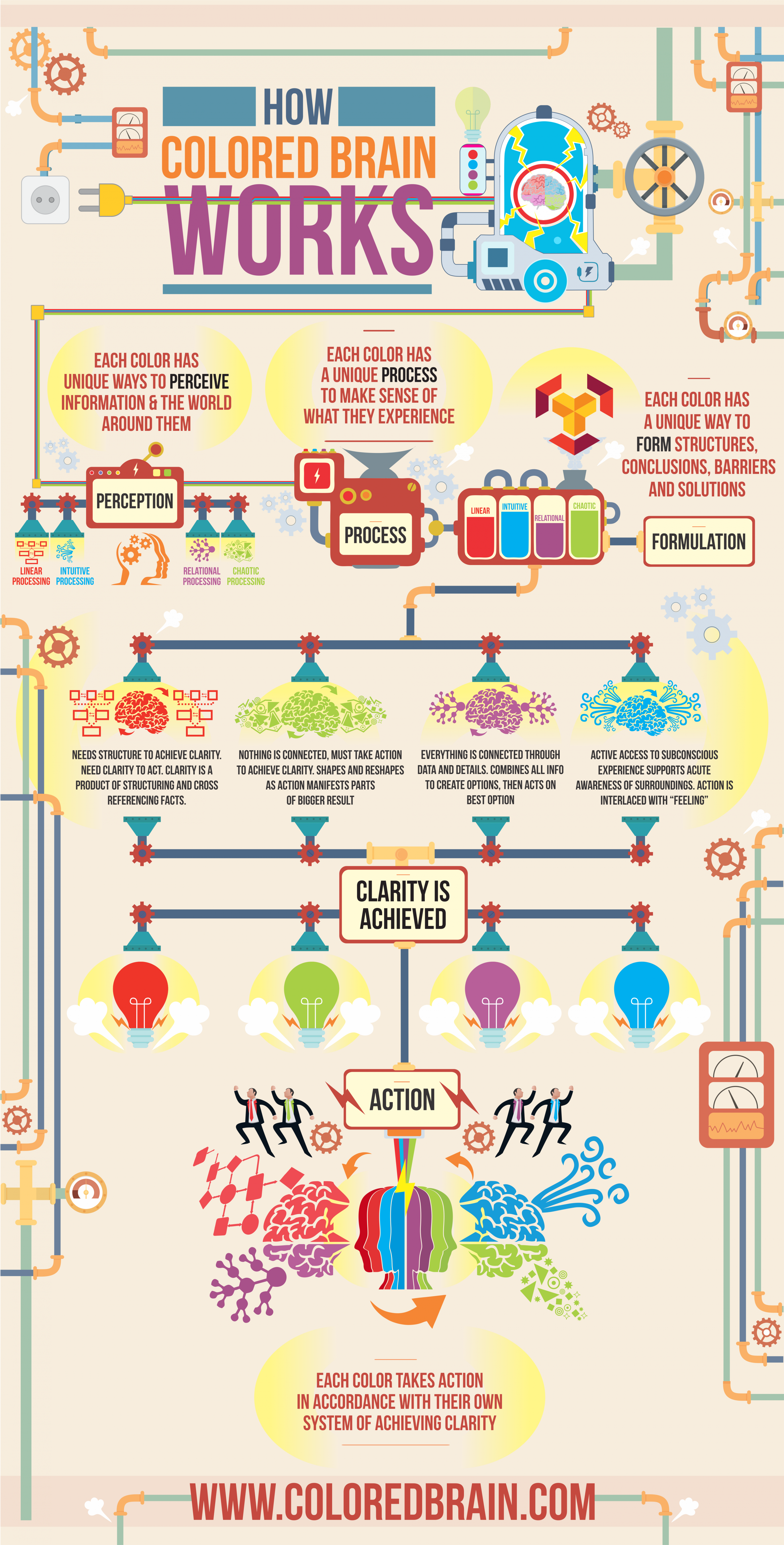New research shows how the brain’s genetic clarity getting “Ambiguity Relief” process has been identified as one of the root causes of why trust and subsequently relationships fail. The research, conducted by Arthur Carmazzi and his team, has identified how the brain’s clarity getting processes interprets the emotions of safety in groups.
Trust is a product of feeling safe, the absence of fear when interacting with others. But, when others do not understand us, or try to push a process on us that we feel is not supporting our success, fear is ignited because we feel our ability to add value is reduced.
The research shows that our concept of “common sense” is largely a product of how our brain gets clarity, and when this differs from another, we have a process misalignment. It is this misalignment that reduces our psychological safety and reduces trust. And that when we interact with individuals who appear to ignore the rules of that “common sense”, frustration usually causes some form of reaction, perception or assumption that affects how we treat these people. These reactions or even changes in voice tonality can signal a perceived discounted value of the individual. Subsequently, these individuals react to this, and the study shows the more frequently it happens, the less initiative people actively take and often wait for their supervisors to tell them what to do.
According to the findings, the clarity process determines the progression and sequences related to action and what we require to feel comfortable in taking action. How we get clarity determines how we approach a projects, relationships, ideas, learning, or even define our emotions and personal values. Because this clarity getting process is often different than someone we may have a relationship with or work with, it is frequently the cause of misunderstanding, unintentional disrespect, and a source of distrust.
Application of this research has been structured into an online system to identify and measure this process, and connect people and team members so they can identify themselves, their partners, colleagues and who is in their “Danger Zone”. The Ambiguity Relief categories have been simplified into colors and the system, identified as the “Colored Brain”, uses gamification to engage practice and implement strategies to visibly improve communication, trust, and engagement.
The solution to disengagement and low trust
Trust starts with accepting that our process to get clarity is genetic. Which means it cannot be changed. It’s like telling a brown eyed person that you do not like brown eyes and that they should have blue eyes. Even if they run out and get blue eye contact lenses to try and please you, they still have brown eyes. Usually, when we judge people based on some genetic bias, we call this racism. When we judge people by the color of their brain, this is “Brain Racism”… The awareness that genetics cannot be changed, helps non-racists to reduce the Brain Racism that most of us unwillingly engage in.
I say brain racism because, without realizing it, we are judging and even diminishing the value of others due to their different brain process genetics. When we recognize we cannot change others, we tend to move on and work with what we have, allowing them to be free to be successful in their own way… even though it may seem alien to us. We accept our partner or our teammate.

When we know our own Colored Brain, we can manage our expectations when dealing with others which provides a greater sense of control reducing the potential fear and increasing the potential for trust.
When we know other’s Colored Brain, we can set them up for success instead of failure. We increase trust. We create an environment where people feel they are in control of the value they offer and feel trusted by you because you “understand” them and accept them and their potential.
Since action is the key to achievement and clarity is the foundation of action, knowing the process of clarity is a powerful tool in not only developing trust, but in creating more efficiency.
For more information on the Colored Brain and the different Ambiguity Relief processes, watch the videos at: http://coloredbrain.com

